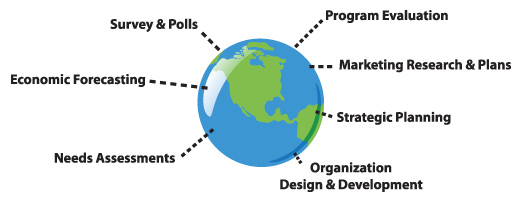Critical Action Research
The critical action research process turns the traditional power hierarchy between “professional” researchers and research “subjects” upside down and invokes a commitment to break down the dominance and privilege of researchers to produce relevant research that is able to be sensitive to the complexities of contextual and relational reality.
In this type of research, the stakeholders of the research work with the researchers to define the problem and set the research agenda, find new ways of seeing the situation, and work toward solutions. The process empowers both the researchers and the research participants because the research effort allows discovery and exploration of power differentials in the research relationship as well as in the community under study.
This entry describes action research, critical theory, and their integration to form critical action research. It then presents a number of examples of such research and reviews some of the challenges in using this approach.
Critical Theory
Critical theory looks at, exposes, and questions hegemony— traditional power assumptions held about relationships, groups, communities, societies, and organizations—to promote social change. Combined with action research, critical theory questions the assumed power that researchers typically hold over the people they typically research.
Critical action research takes the concept of knowledge- as-power, and equalizes the generation of, access to, and use of that knowledge. Critical action research is an ethical choice that gives voice to and shares power with, previously marginalized and muted people.
Critical action researchers do this by questioning the social implications and moral issues of action and by seeking shared understanding of the social action.
Critical action research seeks to empower people by involving them in the study of the social processes that have constructed their submissive positions in society.
The aim of critical action research is twofold: (1) improved understanding of a social phenomenon and (2) social transformation at a community or organizational level resulting from reflexivity and self-reflection about the hegemony in the research relationship and in the community or organization.
Critical action research follows a collaborative cycle between participants and researchers of reflecting, planning, acting, observing, reflecting, replanning, and so on. Elizabeth DePoy and colleagues in 1999 suggested a model of critical action research that includes the following:
1. Recognizing and articulating a social problem
2. Convening a steering committee from among all stakeholder groups
3. Identifying the scope of the research and the type of social change desired
4. Selecting a collaborative research team
5. Training laid researchers on the research team in research methods
6. Designing the study, including research questions and methods
7. Conducting the study and analysis
8. Reporting the findings in accessible formats to all stakeholder groups
9. Acting on the findings by planning and following through with social change
10. Identifying a steering committee for follow-up inquiry
Critical action research is an ethical choice that exposes and seeks to change existing power structures and inequalities within the community under study. It does so within a framework of smoothing out inequalities within the research structure. Both of these processes, at the research level and at the community level, are fraught with the challenges expected when rebelling against the status quo. This research-asactivism process leads to social change, but it is neither smooth nor easy. It is, however, worthwhile.









